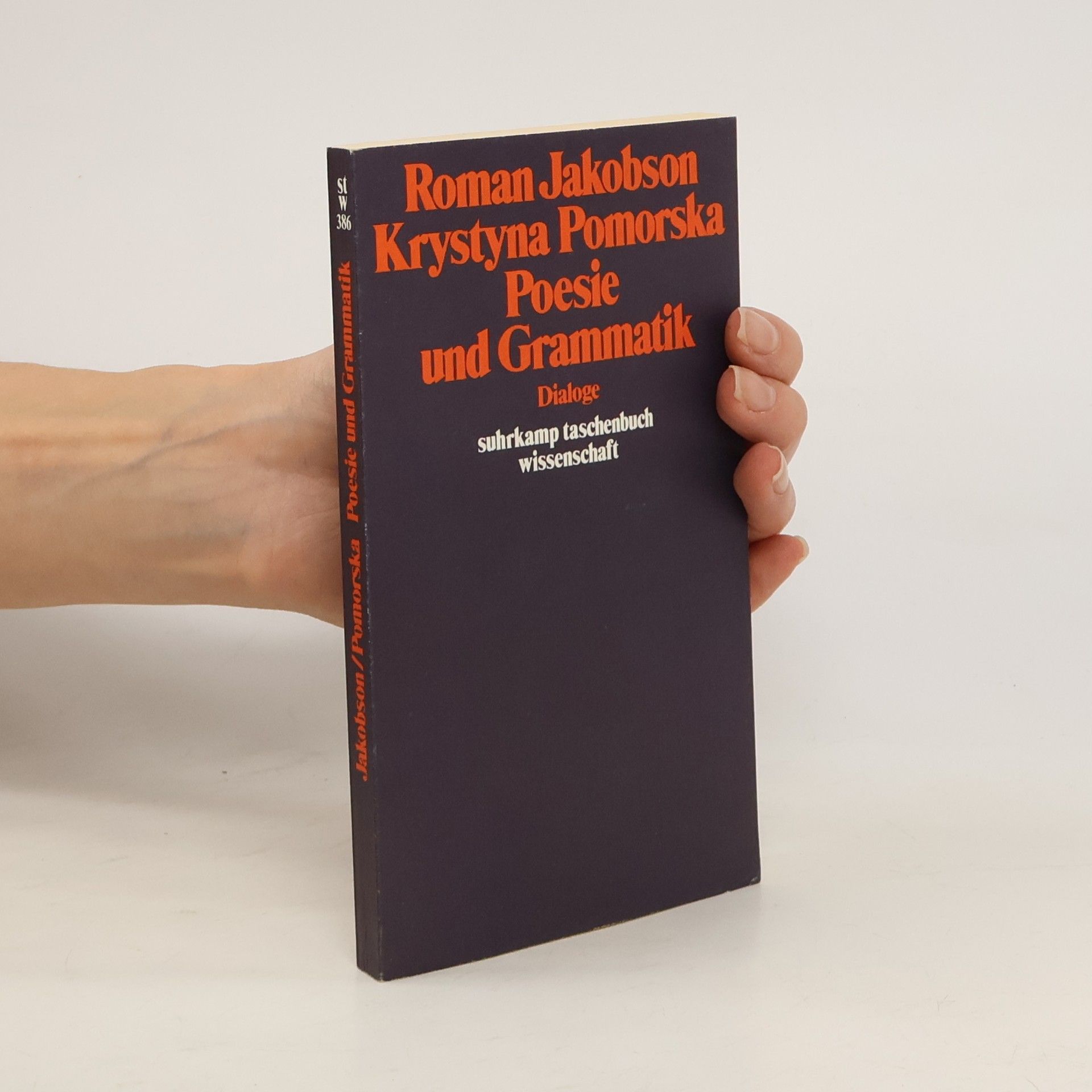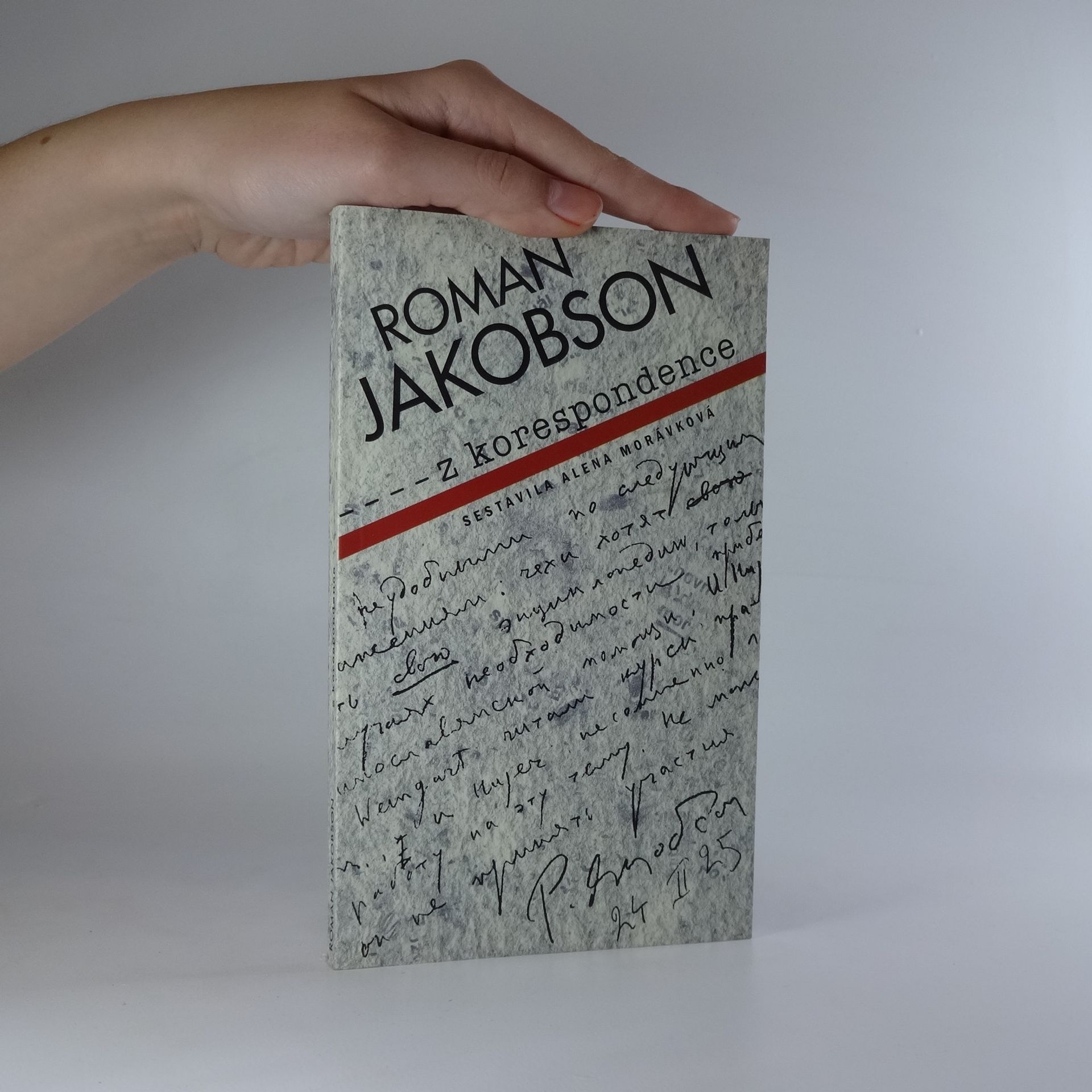The work of Roman Jakobson has long been recognized as central to debates in linguistics and literary theory. This book makes Jakobson's ideas, previously collected only in a monumental, seven-volume edition of his selected writings, readily available for the first time. It brings together eleven essays on topics of crucial importance to poetics and linguistics
Roman Jakobson Libros
Roman Jakobson fue una figura clave en el análisis estructural del lenguaje, influyendo profundamente en la lingüística y la teoría literaria. Sus innovadores métodos, inicialmente centrados en los sistemas de sonido, se extendieron hábilmente a la sintaxis, la morfología e incluso a la interpretación de la poesía, la música y las artes visuales. La generalización de los métodos estructurales por parte de Jakobson se convirtió en un importante movimiento intelectual, dando forma a disciplinas más allá de la lingüística, como la antropología y los estudios literarios. Su legado perdurable continúa resonando en campos como la semiótica cultural.

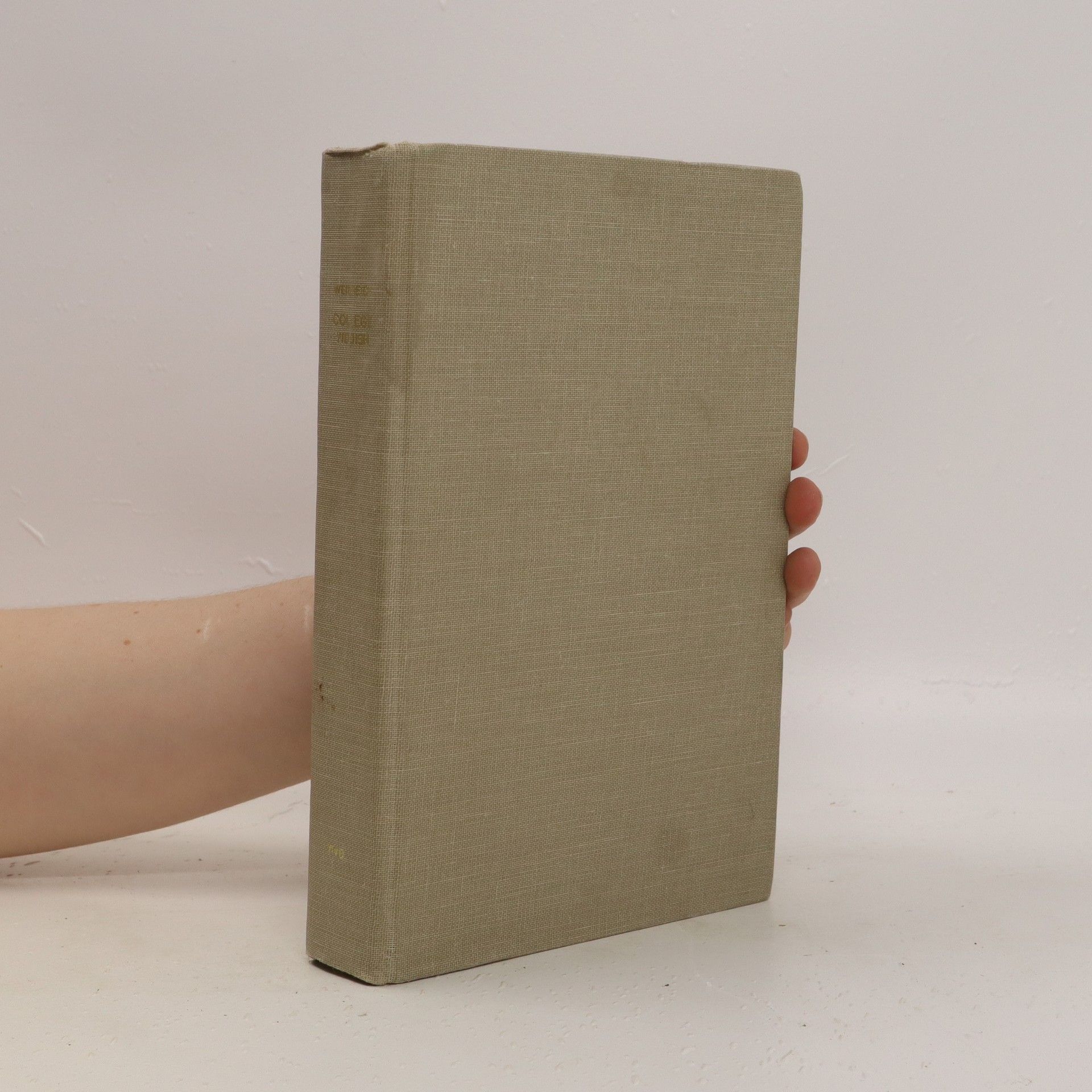


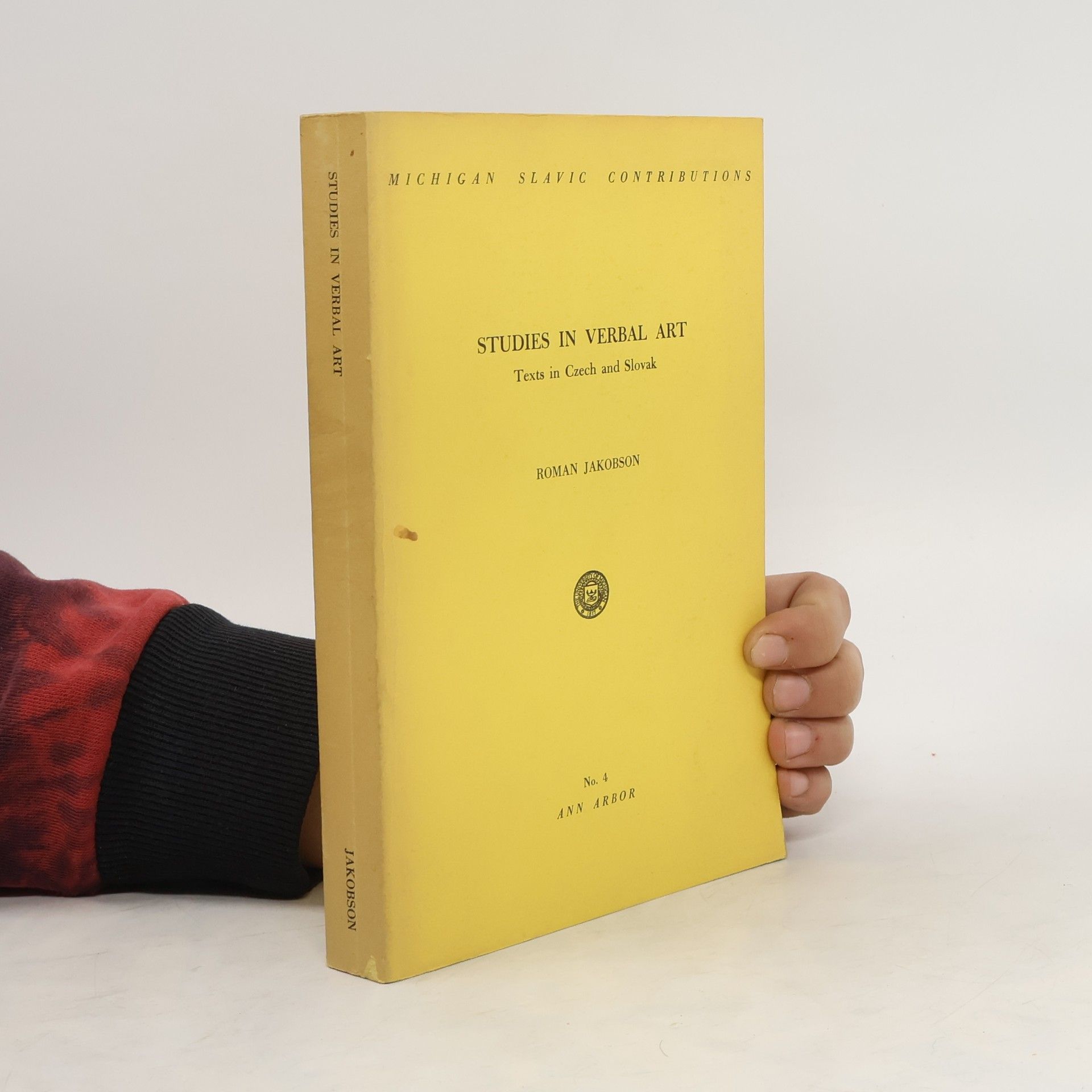
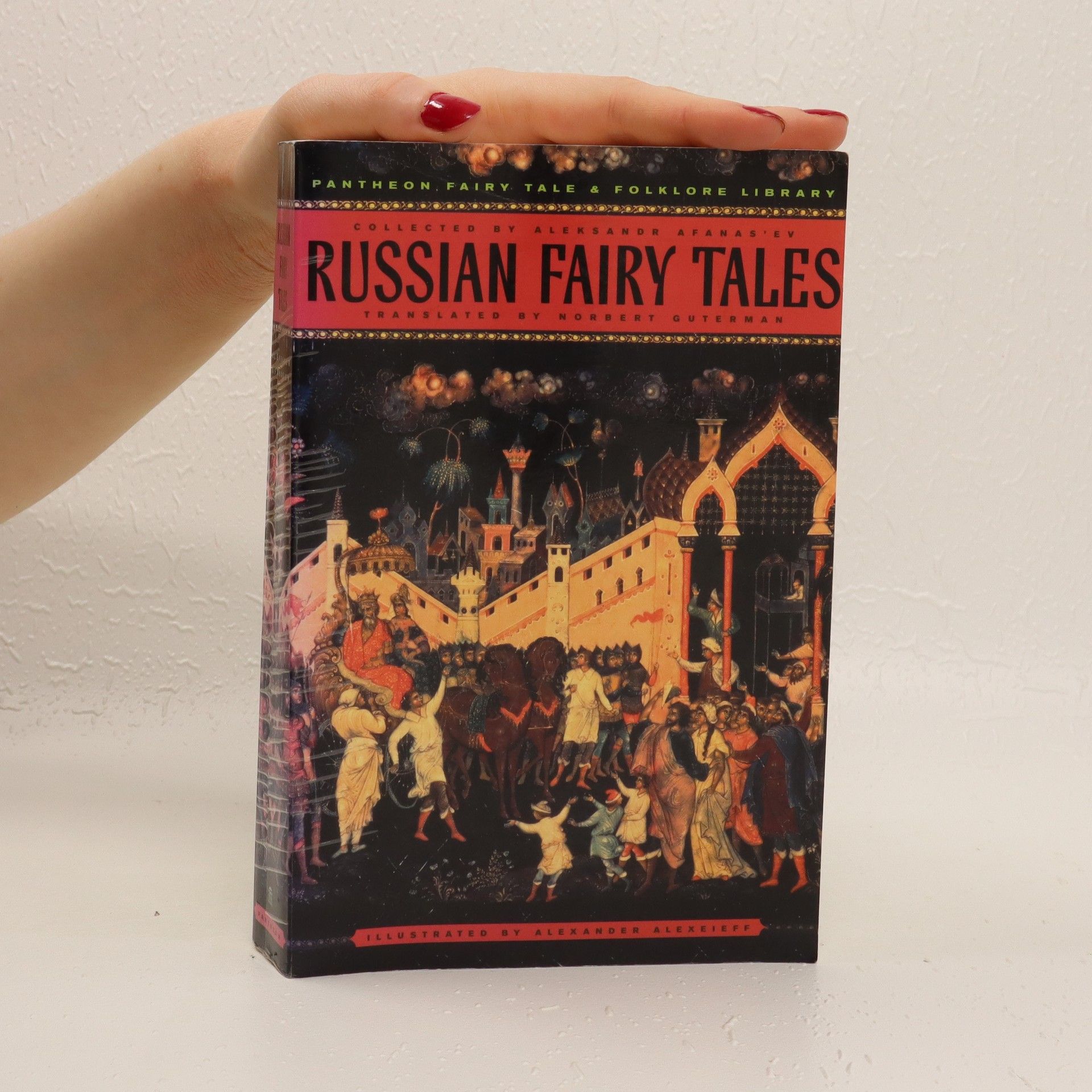
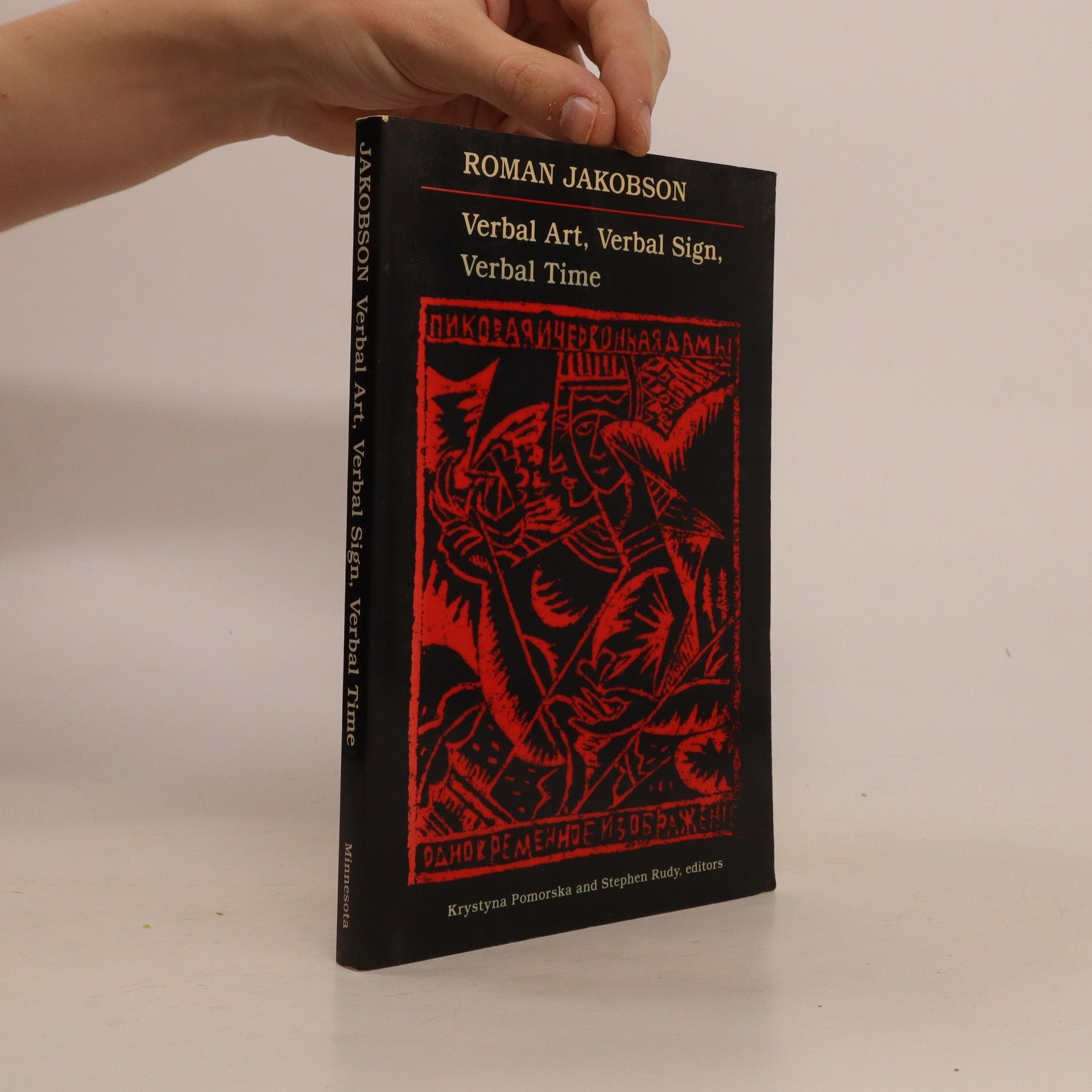
Russian fairy tales
- 672 páginas
- 24 horas de lectura
In this most comprehensive collection of classic Russian tales available in English we meet both universal fairy-tale figures—thieves and heroes, kings and peasants, beautiful damsels and terrifying witches, enchanted children and crafty animals—and such uniquely Russian characters as Koshchey the Deathless, Baba Yaga, the Swan Maiden, and the glorious Firebird. The more than 175 tales culled from a centuries-old Russian storytelling tradition by the outstanding Russian ethnographer Aleksandr Afanas’ev reveal a rich, robust world of the imagination that will fascinate readers both young and old.With black-and-white drawings throughout.
Studies in Verbal Art
Texts in Czech and Slovak
Paleosiberian Peoples and Languages; a Bibliographical Guide
- 236 páginas
- 9 horas de lectura
Kniha zpřístupňuje hlavní Jakobsonovy práce z oblasti literární vědy. Spolutvůrce ruského formalismu a jeden ze zakladatelů Pražského lingvistického kroužku se nám v tomto výboru z celoživotního díla představuje jako autor studií o podstatě literatury, dále jako průkopník fonologické analýzy prozodických systémů, a jako autor pracé o slovesnosti českého středověku, a jako autor studií o novější české i světové literatuře. ... celý text
Poesie und Grammatik
Dialoge
»Der eigentliche Auslöser für diesen neuen Zugang zur Sprache und zur Sprachwissenschaft war jedoch – zumindest was mich angeht – die ungestüme Entwicklung der Kunst zu Beginn des 20. Jahrhunderts. Diejenigen von uns, die sich mit der Sprache beschäftigten, erlernten die Anwendung des Relativitätsprinzips auf linguistische Operationen. Von allen Seiten wurden wir geradezu gedrängt, diesen Weg zu beschreiten: von der aufsehenerregenden Entwicklung der modernen Physik, von Theorie und Praxis der kubistischen Malerei, in der ›alles auf Relationen beruht‹, auf der Wechselwirkung zwischen Teilen und Ganzem, zwischen Farbe und Gestalt, Darstellung und Dargestelltem« ( Roman Jakobson ). Am Leitfaden der Biographie Roman Jakobsons gibt dieser Band einen Überblick über die Probleme und Forschungsergebnisse des bedeutendsten Linguisten der Gegenwart.
Dieser Band versammelt Roman Jakobsons wichtigste theoretische Schriften zur Poetik. Er enthält die beiden mittlerweile klassischen Texte »Linguistik und Poetik« und »Poesie der Grammatik und Grammatik der Poesie« sowie Studien über den Realismus in der Kunst, die Folklore, das Verhältnis von Dichtung und Gesellschaft am Beispiel der Hussitendichtung und über den Parallelismus. In zwei vergleichenden Aufsätzen über Vladimir Majakovskij und Boris Pasternak expliziert Jakobson zum erstenmal das Verhältnis von Metapher und Metonymie, das dann im Strukturalismus (vor allem bei Claude Lévi-Strauss und Jacques Lacan) eine Schlüsselrolle einnehmen sollte.Roman Jakobson (1896– 1982) gehörte in seiner Jugend zum Kreis der russischen Formalisten, schloß sich später aber den Strukturalisten an. Mit seinem einflußreichen Werk trug er dazu bei, daß aus dem ursprünglich linguistischen Strukturalismus eine weltweit anerkannte, interdisziplinär anwendbare Erkenntnismethode wurde.
Osmdesát dopisů, korespondenčních lístků a telegramů spadá převážně do období Jakobsonova pobytu v naší republice, tj. 1920 - 1939. Jakobsonovi se jako jednomu z mála ruských emigrantů podařilo překlenout izolaci a aktivně se podílet na vědeckém a literárním životě naší země. Korespondence dokládá jeho styky se členy Devětsilu,V. Nezvalem, J. Seifertem, K. Teigem a dalšími, s některými z nich ho spojovalo osobní přátelství. První oddíl knihy je zaměřen především na Jakobsonovy styky se světem literatury, druhý podává svědectví o kontaktech s vědeckými kruhy. Třetí oddíl zahrnuje stati, které svědčí o aktivní roli R. Jakobsona v českém postředí, např. úryvek stati T.G. Winnera o vztahu Jakobsona k českému avantgardnímu umění či vzpomínky pamětníků a doklady o Jakobsonově "brněnském období". Korespondence přibližuje ovzduší české bohémy ve 20. a 30. letech.

